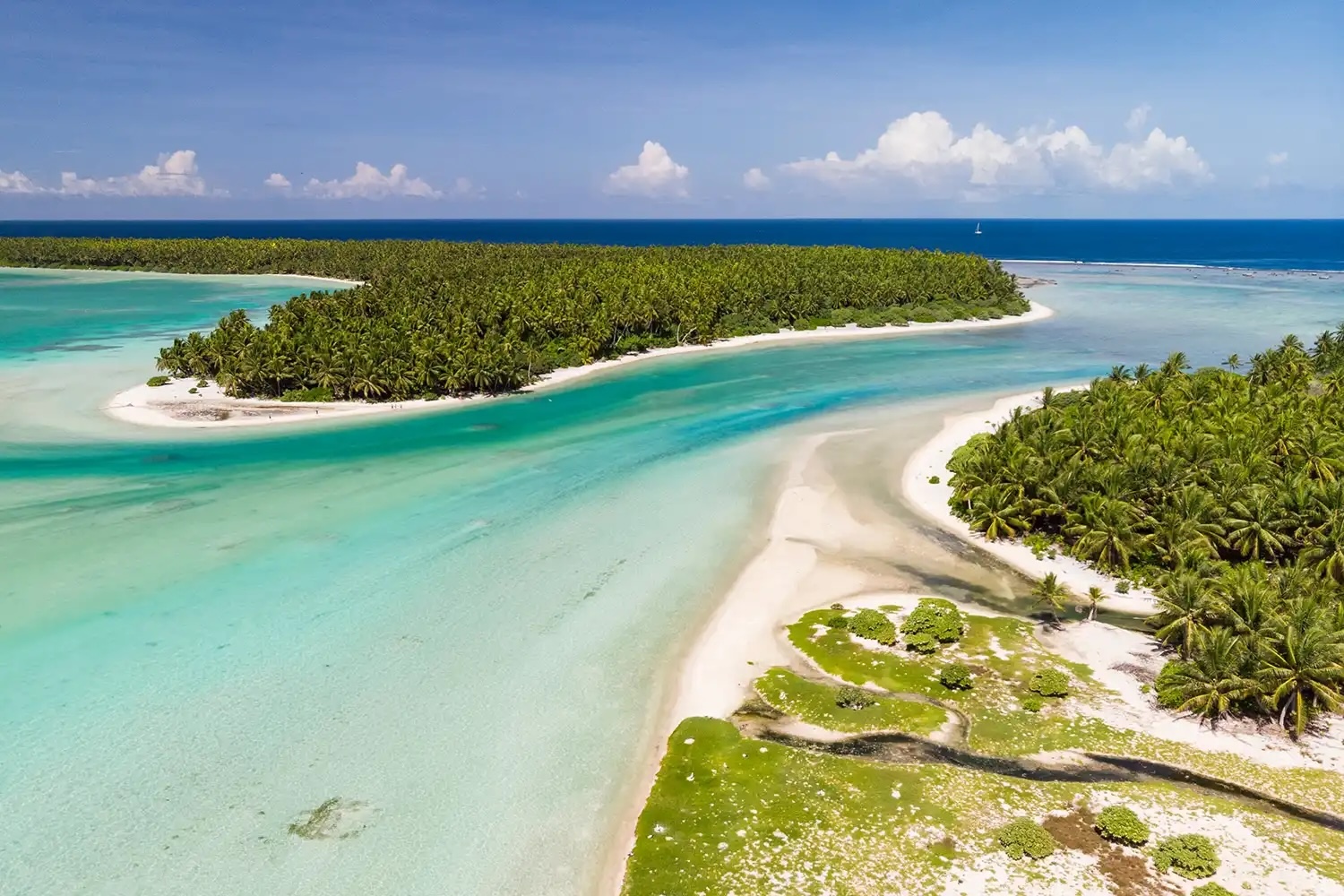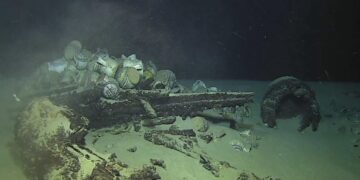You’re about to witness a bold expedition that could change aviation history. In November 2025, researchers will travel to Nikumaroro, a remote Pacific island. Their mission is to investigate what may be the remains of Amelia Earhart’s aircraft. This joint project between the Purdue Research Foundation and the Archaeological Legacy Institute could finally bring answers after nearly nine decades of mystery.

Clues Hidden in Everyday Objects
The key to unraveling the mystery may lie in several unremarkable items found on the island. These objects include a woman’s shoe, a compact case, a medicine vial, and a freckle concealer bottle. Each item fits the profile of Earhart and offers tangible support for a theory gaining traction. Researchers believe Earhart and her navigator may have survived a crash landing on this deserted island.
A Theory Rooted in Decades of Research
The Nikumaroro hypothesis suggests Earhart and Fred Noonan did not crash into the sea. Instead, evidence supports the idea they reached Nikumaroro alive. This theory stems from extensive analysis of satellite imagery, photos, archival records, and eyewitness accounts. Over time, the hypothesis has gained credibility as more physical findings align with what is known of Earhart’s final journey.
Eyewitness Testimony and Scientific Evidence
The most compelling detail involves a vintage jar identical in shape to a bottle of Dr. C. H. Berry’s Freckle Ointment. This early 20th-century product was designed to reduce freckles, something Earhart was known to dislike. “It’s well documented Amelia had freckles and disliked having them,” one researcher told NBC. That personal detail strengthens the connection between the artifact and Earhart herself.

Media Attention Adds Momentum to the Search
NBC’s Tom Costello commented on the evidence during a July 2 TODAY segment. “She had freckles,” he said. “So [there’s] a lot of evidence that in fact Amelia Earhart and her navigator crash landed on this remote island.” These remarks underscore growing public and media interest in the upcoming expedition. Each new discovery seems to breathe new life into the decades-old mystery.
Triangulated Signals Point to Nikumaroro
Three radio transmissions recorded in 1937 reportedly converge near Nikumaroro. These signals suggest the plane may have been close to the island. That finding offers a scientific foundation to the Nikumaroro hypothesis. With technological advancements, researchers now have better tools to investigate the area where these signals may have originated. This adds another dimension to the already compelling case.
A High-Stakes Effort to Close the Case
“For what we have here is maybe the greatest opportunity ever to finally close the case,” said Richard Pettigrew, ALI’s executive director. “With such a great amount of very strong evidence, we feel we have no choice but to move forward and hopefully return with proof. I look forward to collaborating with Purdue Research Foundation in writing the final chapter in Amelia Earhart’s remarkable life story.”

The 2025 Timeline Is Now Set
The team will leave port on November 5, launching from Majuro in the Marshall Islands. You’ll find Nikumaroro located roughly midway between Australia and Hawaii. The group will spend five days on-site examining the Taraia Object, a suspected visual anomaly. They plan to complete the return journey by November 21. The expedition’s short duration adds urgency to their goal of confirming the object’s identity.
Not Everyone Is Convinced
Skepticism remains from experts like Ric Gillespie, who has led 12 South Pacific expeditions. “We’ve looked there, in that spot,” Gillespie said during TODAY. “There’s nothing there.” Regarding the object some believe to be the plane, he added, “The [satellite] imagery shows a coconut tree, complete with root ball.” His comments reflect ongoing debate over the interpretation of the evidence.
A Hidden Target Beneath the Surface
Still, Pettigrew believes finding the wreckage is far from straightforward. “People walking over the beach, or being very close to it, they still wouldn’t have seen it,” he explained. “It would’ve been covered by sediment and under the water.” That insight reveals the challenges of locating an object submerged and obscured for nearly nine decades in shifting island terrain.
– Text continues below the video –
What Comes Next if the Aircraft Is Found
Should the crew succeed in identifying the aircraft, a second expedition is already being planned. That follow-up mission would begin in 2026, focusing on excavating any confirmed wreckage. The potential discovery offers a rare chance to rewrite aviation history. If this journey proves fruitful, you could soon witness the conclusion of a story that has baffled the world for generations.











